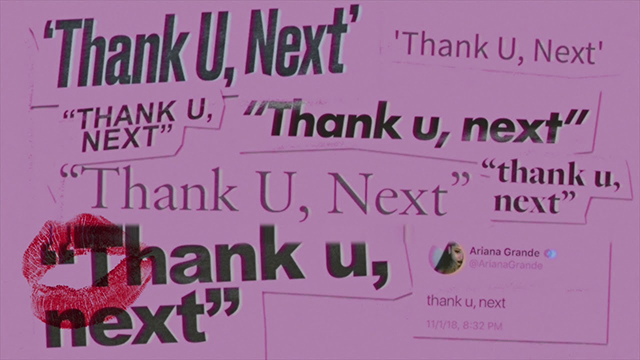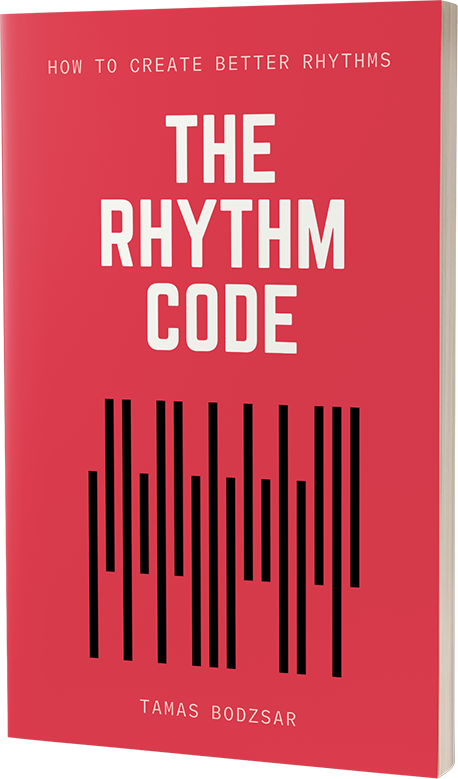
I analyzed this song in more detail in the online course and also here in the blog because I really like the chord progression of this song. It’s an r&b song, and the chord progression is very jazzy, and I even made an experiment on how you can reharmonize it with extended chords.
So let’s see the chords of the song “Thank U Next” by Ariana Grande, and what we can learn from it from the perspective of a songwriter.
Thank U Next Chords Original Key
It’s important to know that the chord progression is a little bit tricky, because there is a secondary dominant chord in it, and it makes it look like it’s in the key of Gb major. But if you take a look at the melody, it makes it obvious that the original key is Db major.
So here are the chords in the original key:
Gbmaj7 – F7 – Bbm7 – Db7
IVmaj7 – III7 – VIm7 – I7
It’s always good to use roman numerals because they help understand the relation between chords. As you can see, there is no diatonic “I.” chord in it, this is why it might confuse us. The I7 chord is a secondary dominant, and they use it because it pulls the song towards the IVmaj7 chord. It sounds like a V – I cadence.
I always transcribe chord progressions into the key of C major because it’s easier to understand everything in this key. So let’s see the same chord progression in the key of C major:
Fmaj7 – E7 – Am7 – C7
IVmaj7 – III7 – VIm7 – I7
Thank U Next Chords Piano
Now let’s take a look at how you can play this chord progression on a piano. These are all seventh chords, so in order to build a seventh chord, we need a root note, a third, a fifth, and a seventh note.
Gbmaj7 = Gb – Bb – Db – F
F7 = F – A – C – Eb
Bbm7 = Bb – Db – F – Ab
Db7 = Db – F – Ab – Cb (= B)
First, this is how the chords look in root position:

But the root position of the seventh chords is not a very practical way to play a song, so take a look at how I play the chords on a piano.
First, I always put the root note in the bass (left hand), so we can omit the root note from the right hand. Another trick you can use is putting the root note AND the seventh note in the left hand. (See the chord F7 below for an example.)
I also play the chord tones very close to each other and try to use voice leading. Voice leading is when you keep the common notes of two chords at a chord change.
There are really no rules, always follow your ears and try to experiment with different voicings.

But this is a little bit boring. This is a very jazzy chord progression, so let’s use a little bit jazzier voicings. This means we can use extended chords and altered chord tones.
Here is how I would play it on a piano:

Sounds much better!
Thank U Next Chords Ukulele
I know many of you are using ukulele (I’m a pianist, but I have a uke too, I love it!), so let’s see how to play the chords on a ukulele. This is if you are using the standard G – C – E – A tuning!

But if you are not a pro ukulele player, it’s probably much easier to play the song a half note lower, in the key of C major, and with only triads, so let’s see the transposed version:

Thank U Next Chords Guitar
Here are the chords if you want to play them on a guitar:

Thank U Next Bass Tab
And finally, here is the tab for bass, however, these are only the root notes of each chord:

The secret pattern behind successful songs
Get the eBook for $7

